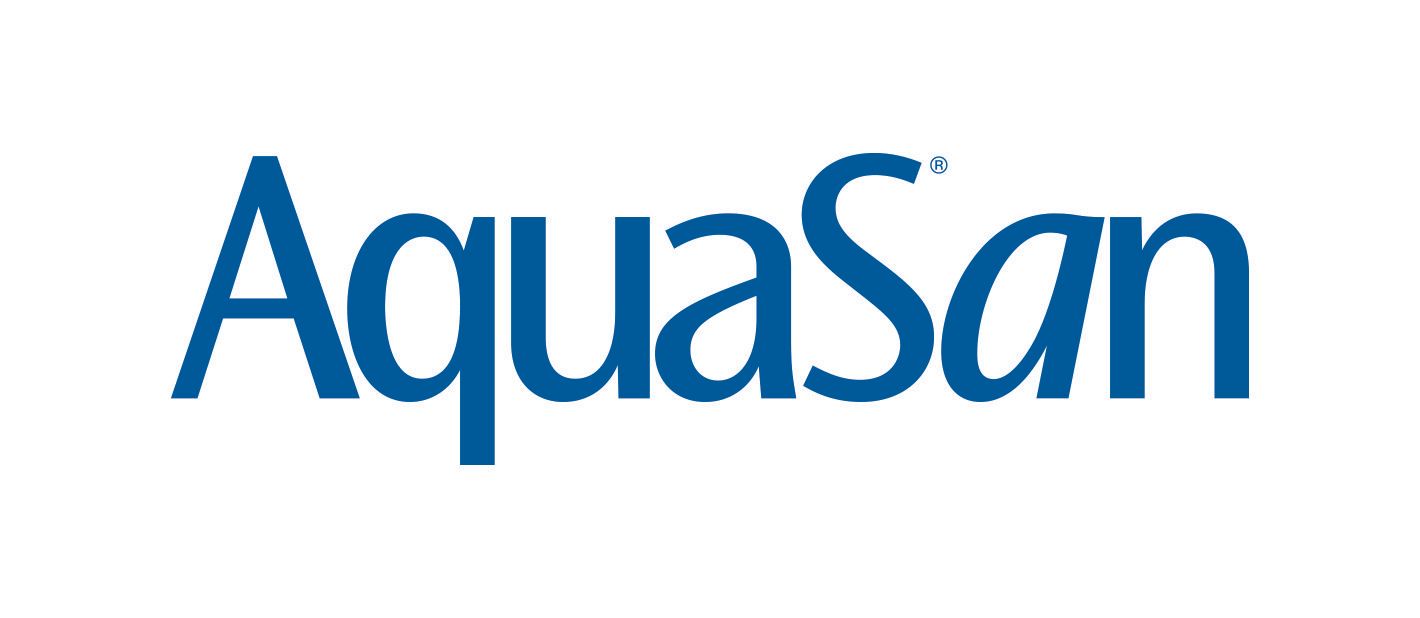What does recent research on chlorine and coronavirus in pools really tell us?
There's been a lot of talk this week about recent research from UCL looking at whether chlorine is effective against coronavirus in pools. Is a "thousandfold" reduction really as impressive as it sounds?
For the last 10 months we've been pushing PWTAG and Swim England to back up their claims that chlorine in a pool could inactivate 99.99% of coronavirus in seconds. We asked so often they eventually went to UCL and asked them. Finally a press release has hit the media. It makes much of a “thousandfold” reduction of coronavirus by 1.5mg/L of chlorine. A thousandfold reduction! Is that really as impressive as it sounds?
In simple terms, not really...
A "thousandfold" is relatively meaningless in terms of seeing how good a disinfectant is at doing it's job. The average viral load in sputum (how many viruses in phlegm to you and me) of individuals infected with Covid was shown as 7.00 × 10*6 copies per ml, with up to 2.35 × 10*9 copies per ml found.
That’s 7,000,000 individual viruses on average in one drop of phlegm with up to 2,350,000,000 being found in very infectious people. Given these numbers, a thousandfold reduction is, forgive the pun, a drop in the ocean.
That's why biocide efficacy- how well a disinfectant works - is measured in percentages. We all remember Domestos kills 99.99% of germs dead. That's called a 4-log reduction where all but 0.01% of the original contaminant is quickly eradicated and it's the gold standard for biocides. A 1-log reduction kills 90%, a 2-log 99% and so on. Look at an average drop of phlegm with seven million viruses in. Inactivate 99.99% and that leaves 0.01% or 700. A thousandfold reduction by comparison? There are 7,000 left - that's a big difference.
We engaged an independent lab to carry out testing based on EN14476, a recognised viral efficacy test, on both AquaSan from PoolSan and 3ppm (3 mg/L) chlorine against coronavirus in simulated pool conditions. AquaSan got a 4.5-log reduction, well over 99.99%, in 5 minutes whilst 3ppm of chlorine took 15 minutes to get to 4-log and inactivate 99.99%. AquaSan inactivated 99.99% of coronavirus three times quicker the 3ppm of chlorine can. AquaSan from PoolSan is more effective in a pool situation than 3ppm chlorine and we've got the data from a lab legally recognised to carry out biocide testing to prove it.
Ever since the first reopening advice from PWTAG came out we've been asking for the evidence to support their oft repeated claim that 1.5mg/L of chlorine in a pool would achieve a 4-log (in other words, inactivate 99.99%) of coronavirus in 30 seconds. When we've asked PWTAG before for evidence to support claims about how quickly chlorine works in a pool against other pathogens their answer has been, "we've always believed chlorine does what it says on the tin". Except it doesn't. Our previous research showed it didn't and now UCL's research also seems to show it doesn't.
Falling back on dilution to justify the remaining viral presence in the water is a risky path. Not all pools are Olympic size. The vast majority of pools in leisure settings are 50-200,000 litres and spas might only be a couple of thousand litres. Someone adding a couple of drops of high load sputum as a single cough could add almost 5 billion copies of active, infectious coronavirus into a pool. The same in a 2,000L spa doesn’t bear thinking about.
EN norm tests are controlled designed to eradicate variables that would influence the result so everything is on an even playing field. When testing pool biocides a standard has been set out in an OECD document number 170. It requires that lab standard water has recognised contaminants to accurately replicate the impact of bather waste such as fats, urea and skin cells as well as the biocide added to achieve the target concentration. After that several million of the target pathogen are added. Then they are counted after a set period of time to establish the percentage reduction. The water is not allowed to be pre-chlorinated to reduce chlorine demand and its quality is a constant.
It seems the most recent much touted tests were carried out using a sample of water from a pool delivered to the lab. UCL don't routinely test biocidal efficacy and they have no way of knowing what happened to the pool water before they received it. What time of day was it sampled? When was the pool last backwashed? Whilst it was 1.5mg/L when it arrived in the lab, how high had it been before? What chemicals have been added?
These factors can seriously impact on the chorine demand of water i.e. what else the chlorine needs to tackle in the water as well as the target of the experiment. If we were testing our biocides like this, PWTAG wouldn't accept the results. They'd tell us to follow the OECD protocol. If PWTAG and others are now accepting less rigorous testing for pool biocide efficacy, the playing field needs to be level; they can't give chlorine an easy ride.
The existing protocol that sets out testing for pool biocides, OECD 170, sets the target for any new biocides of matching chlorine's performance. The performance claims are that 1ppm of chlorine achieves a 4-log reduction in 30 seconds against Pseudomonas Aeruginosa and Legionella amongst others. We could never get any documentation from anyone involved in drafting the protocol about where these figures came from so we asked an approved lab to carry out the prescribed OECD tests using chlorine. 1ppm of free chlorine failed to get a 4-log or anything close in 30 seconds. Or two minutes. Neither did 3ppm.
Coronavirus transmission is predominantly airborne as is Legionella. Testing has proven 3mg/L of free chlorine takes 15 minutes to get a log-4 reduction against coronavirus. Instead of building press releases around data that reiterated what we already knew, that 1.5mg/L chlorine can't get a 4-log reduction in 30 seconds, there needs to be an open and frank discussion about the inaccurate assumptions being made again and again about the alleged performance of chlorine in pools. This is especially important when other safer, potentially better biocides are denigrated because they don't achieve pie in the sky chlorine performance targets plucked out of the air.
Where does that leave pool operators given what they have been told about the efficacy of 1-3ppm of chorine for many years is, on the whole, not true? The answer is that there are alternatives to chlorine which are safe, established and effective. AquaSan from PoolSan is proven during over a decade of field testing to keep pools and spas free of pathogens and in the lab to perform as well or better than chlorine.
The biggest concern for pool operators is that even 3mg/L of free chlorine in a spa or pool, where the risk of aerosol transmission is greatest, will take 15 minutes to achieve a 4-log reduction of coronavirus. PWATG won't tell you this yet but if you want to keep your bathers safe, AquaSan is the only pool biocide system actually proven to do what it says on the tin.


